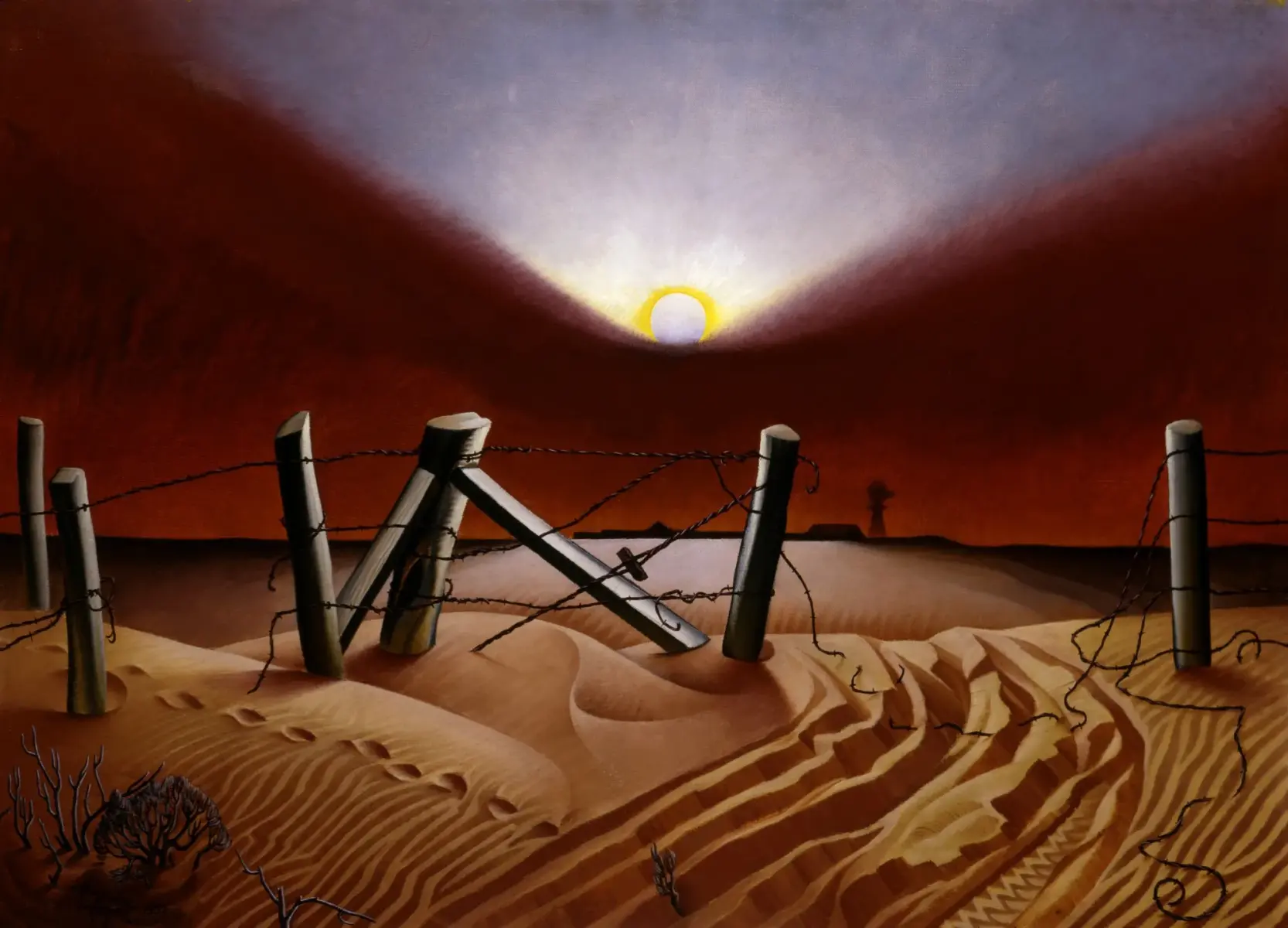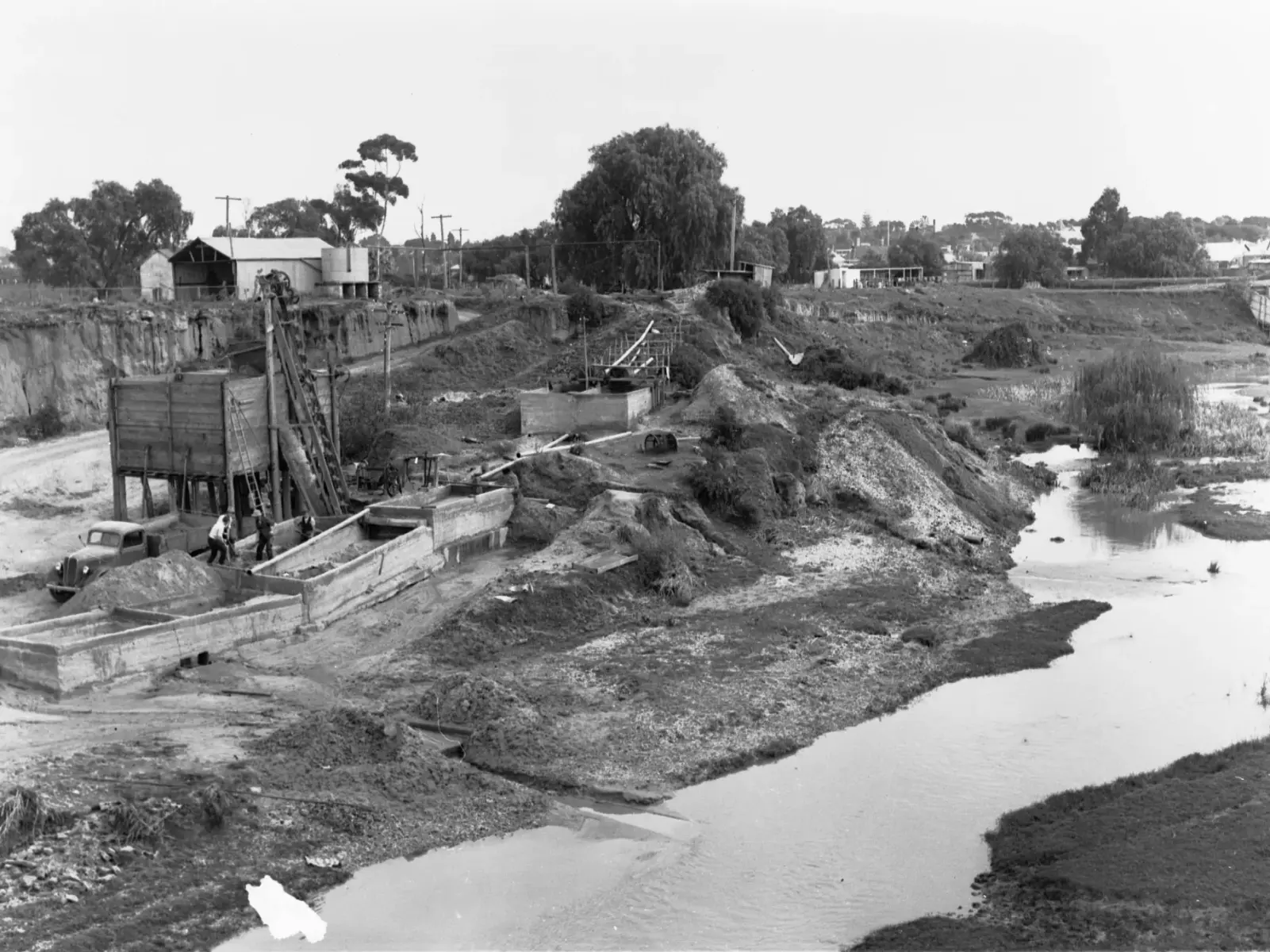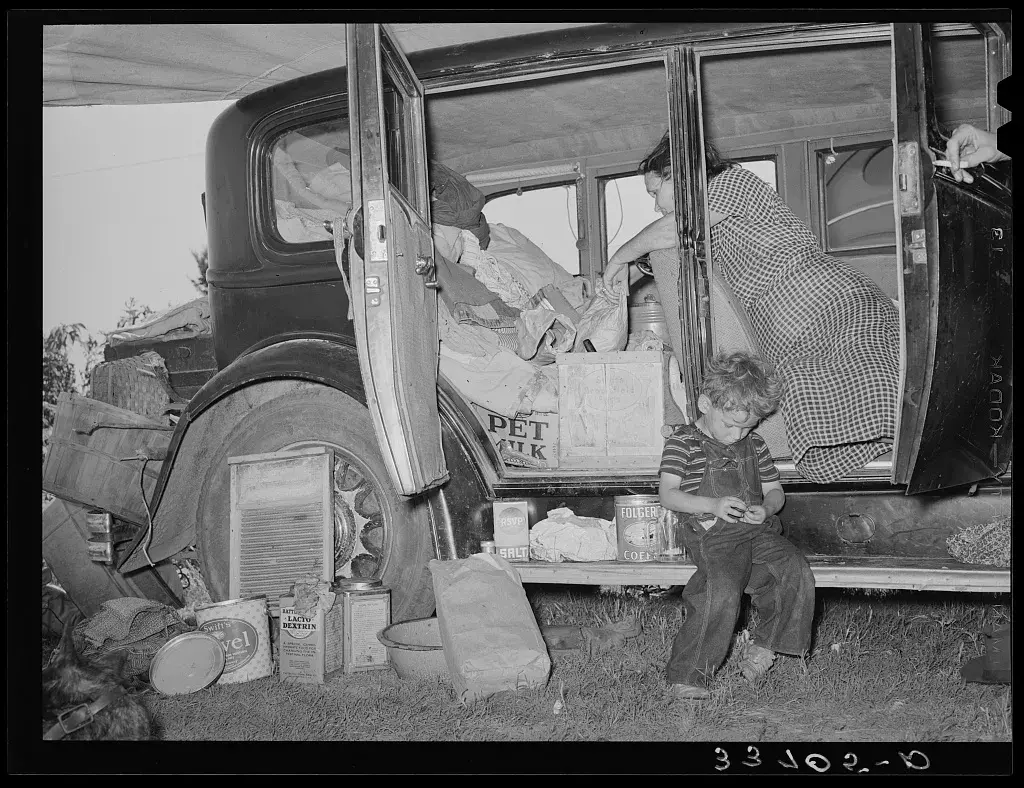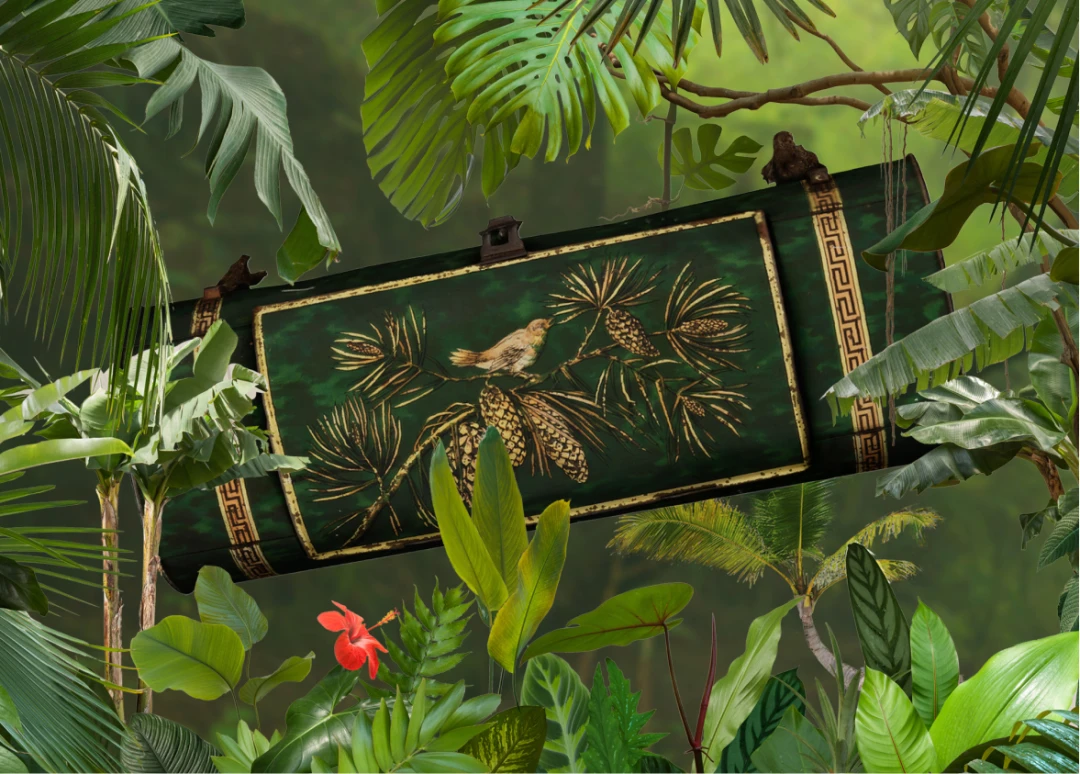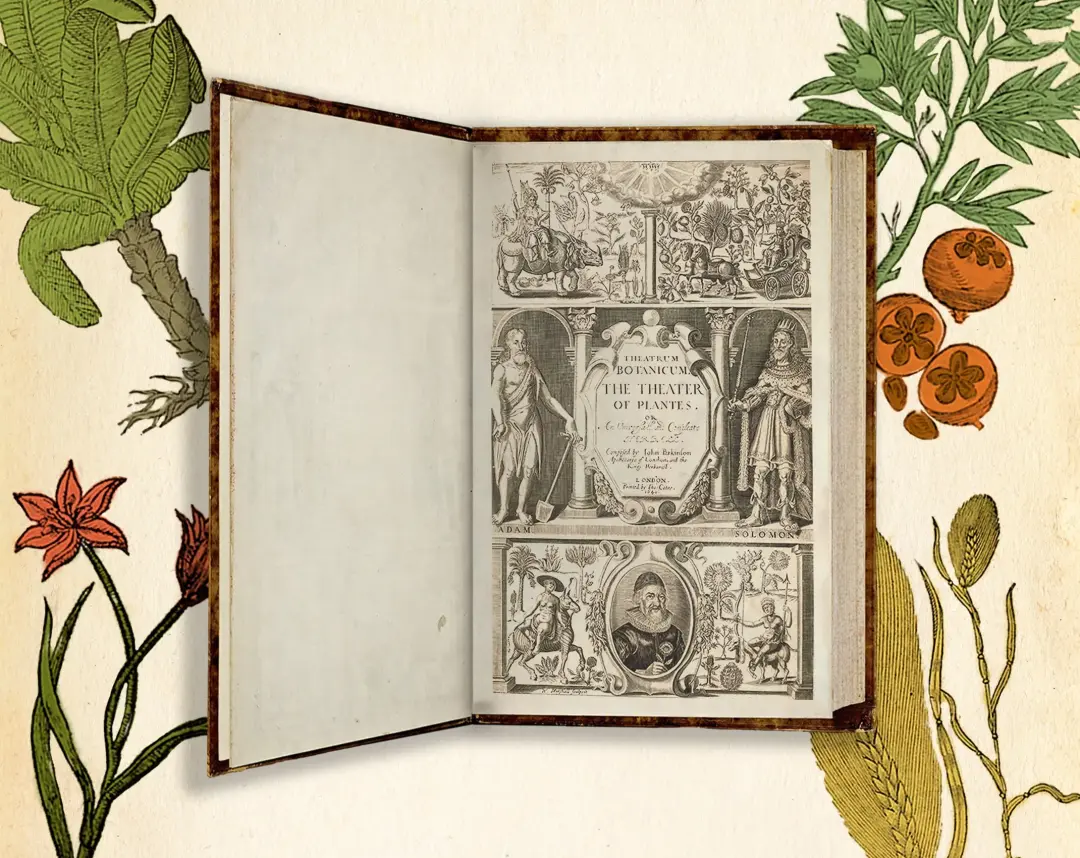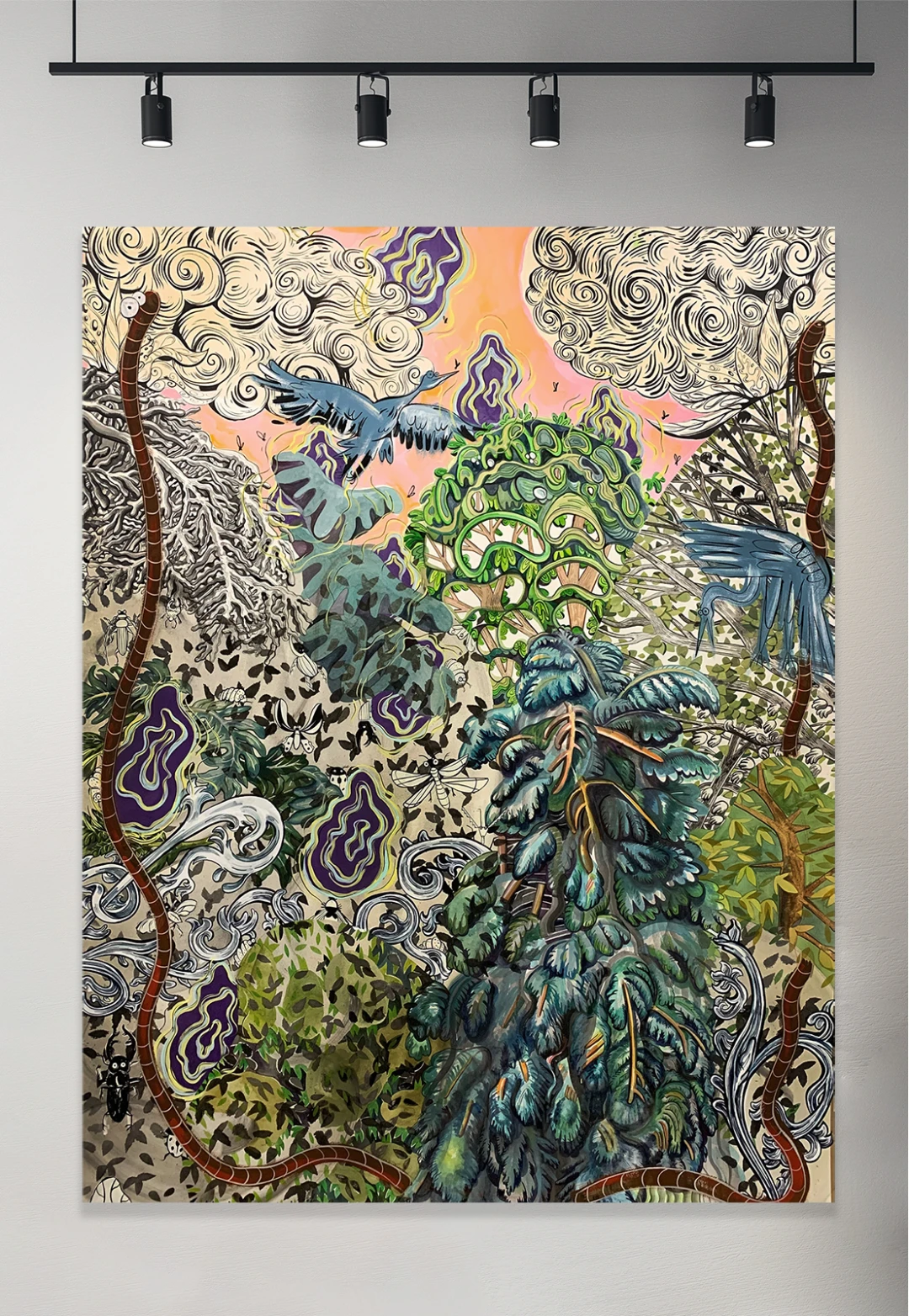Wo ist die "DustBowl"-Region?
Es war ein riesiges Gebiet, das 400'000 Quadratkilometer in 5 US-Bundesstaaten umfasste – die Grösse von 4'000'000 Fussballfeldern! Es umfasst Teile von Texas, Oklahoma, New Mexico, Colorado und Kansas.


Die Menschen rodeten die Prärien und Wiesen für die Landwirtschaft und rissen die tief verwurzelten Gräser aus. Ohne Wurzeln, um den Boden zu verankern, und ohne Regen, bliesen starke Winde die trockene Erde weg. Die Regierung kaufte ca. 40‘500 Quadratkilometer Fläche zurück, um diese einzigartige Graslandschaft wiederherzustellen.
Naturkatastrophen zu dokumentieren
In den 1930er Jahren arbeiteten viele Fotografen für die Farm Security Administration (FSA), darunter Marjory Collins, Dorothea Lange und Marion Post-Wolcott. Sie wurden berühmt für ihre Fotos, die zeigten, wie Familien während der „Dust Bowl“-Ära lebten. Die Fotos in der[LLFA1] Bildergalerie oben wurden von drei dieser Fotografen aufgenommen:
Dorothea Lange (1895–1965) hat bemerkenswerte Aufnahmen von Menschen gemacht! Sie war berühmt dafür, die Auswirkungen schwieriger Bedingungen auf den Einzelnen darzustellen. Sie arbeitete für eine öffentlich-rechtliche Einrichtung und fotografierte Menschen, die von Wetterkatastrophen und Armut betroffen waren. Ihre berühmten Fotos erinnern an schwere Zeiten!
Arthur Rothstein (1915-1985) machte in den 1930er und 40er Jahren 12‘500 Fotos für die FSA. Später arbeitete er für ein Fotomagazin und brachte anderen Fotografen und Journalisten bei, wie man wirkungsvolle Fotos schiesst.
Russell Lee (1903-1986) war ein Wissenschaftler, der die Malerin Doris Emrick heiratete. Er fotografierte Menschen, die während der „Dust Bowl“-Ära ihr Zuhause verlassen mussten, und wurde schliesslich ein professioneller Fotograf. Heute verwenden viele humanitäre Organisationen Fotografie und Medien, um klimabedingte und humanitäre Krisen auf der ganzen Welt zu dokumentieren.
Woody Guthries Ballade über einen "Dust Bowl" Flüchtling
1940 schrieb Woody Guthrie einen Song, der die Zuhörer in das Herz der Dust Bowl versetzte - eine Zeit des Verlustes und des Kampfes. Er wollte, dass andere wissen, wie das Leben in dieser Zeit war.
Der Klimawandel zwingt die Menschen zum Umziehen
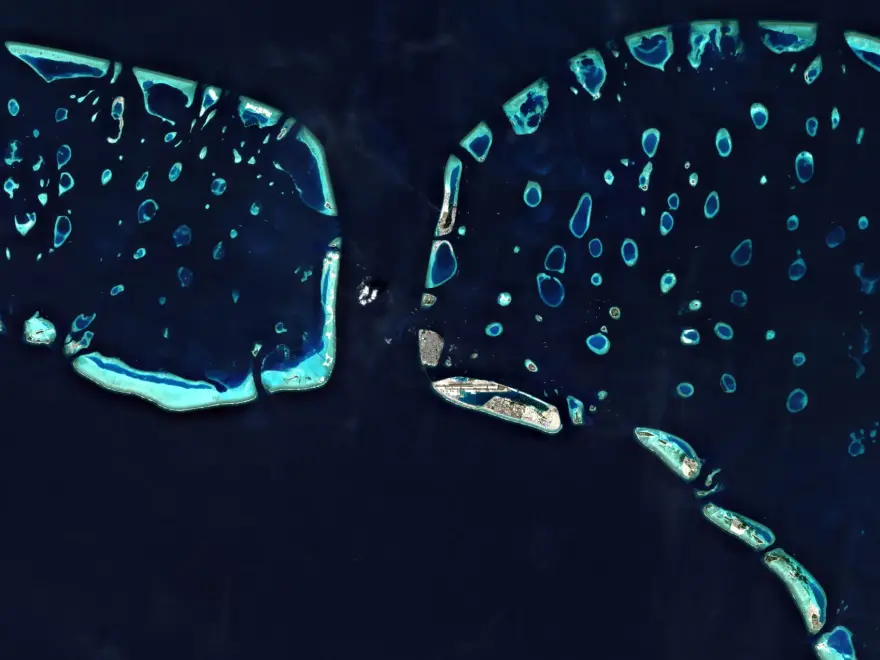
Inseln im Ozean sind in Gefahr! Die Meeresspiegel steigen, und die Menschen müssen möglicherweise bald an sicherere Orte ziehen. Regierungen und Organisationen wollen neue Dörfer bauen und den Inselbewohnern helfen, bevor ihre Häuser unter Wasser stehen.
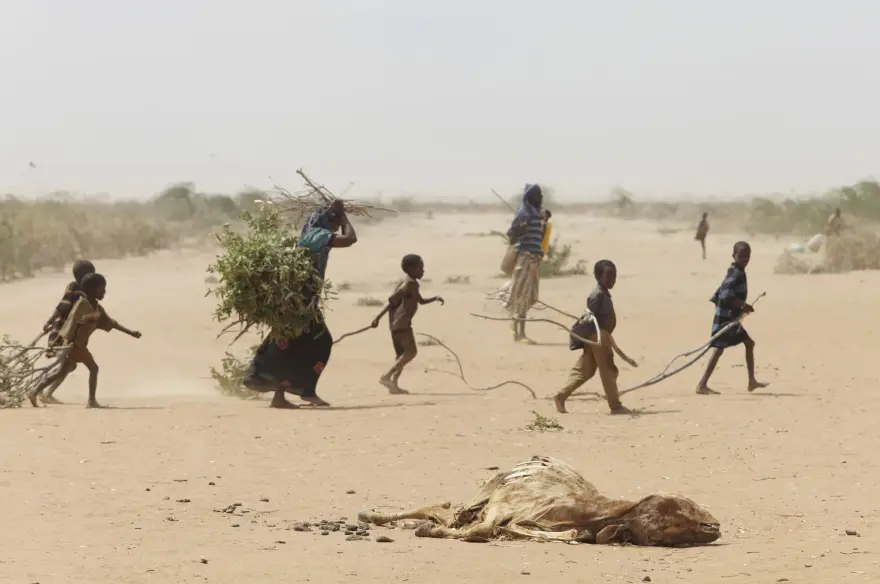
Am Horn von Afrika hat es lange nicht mehr geregnet, die Temperaturen steigen. Menschen mussten ihre Häuser verlassen, um Nahrung und Wasser zu finden. Manche kämpfen um Wasser, andere müssen ihre Heimat verlassen und in andere Regionen fliehen.
Möchtest Du mehr erfahren?
Bibliografie
STAUBSAUGERSCHÜSSEL(N)
Baveye, P. C., Rangel, D., Jacobson, A. R., Laba, M., Darnault, C., Otten, W., … Camargo, F. A. . (2011). From Dust Bowl to Dust Bowl: Soils are Still Very Much a Frontier of Science. Soil Science Society of America Journal, 75(6), 2037–2048. https://doi.org/10.2136/sssaj2011.0145
Floyd, F. (1950). A history of the Dust Bowl. ProQuest Dissertations Publishing.
Gutmann, M. P. (2018). Beyond Social Science History: Population and Environment in the US Great Plains. Social Science History, 42(1), 1–27. https://doi.org/10.1017/ssh.2017.43
Hornbeck, R. (2012). The Enduring Impact of the American Dust Bowl: Short- and Long-Run Adjustments to Environmental Catastrophe. The American Economic Review, 102(4), 1477–1507. https://doi.org/10.1257/aer.102.4.1477
Knapp, A. K., Chen, A., Griffin-Nolan, R. J., Baur, L. E., Carroll, C. J. W., Gray, J. E., … Smith, M. D. (2020). Resolving the Dust Bowl paradox of grassland responses to extreme drought. Proceedings of the National Academy of Sciences - PNAS, 117(36), 22249–22255. https://doi.org/10.1073/pnas.1922030117
Lewis, M. E. (1988). The National Grasslands in the old Dust Bowl: A long term evaluation of agricultural adjustment through land use change. ProQuest Dissertations Publishing.
Maher, N. M. (2007). Nature’s New Deal: The Civilian Conservation Corps and the Roots of the American Environmental Movement. New York: Oxford University Press, Incorporated.
Noss, R. F. (n.d.). Natural History of a Forgotten American Grassland. In Forgotten Grasslands of the South (pp. 1–32). Washington, DC: Island Press/Center for Resource Economics. https://doi.org/10.5822/978-1-61091-225-9_1
Rhodes, E. C., Perotto-Baldivieso, H. L., Tanner, E. P., Angerer, J. P., & Fox, W. E. (2023). The Declining Ogallala Aquifer and the Future Role of Rangeland Science on the North American High Plains. Rangeland Ecology & Management, 87(1), 83–96. https://doi.org/10.1016/j.rama.2022.12.002
Richard Seager, Lamont-Doherty Earth Observatory of Columbia University: Was the Dust Bowl predictable? http://ocp.ldeo.columbia.edu/res/div/ocp/drought/dustbowl.shtml
Stephens, P. H. (1937). Why the Dust Bowl? Journal of Farm Economics, 19(3), 750–757. https://doi.org/10.2307/1231452
Uekotter, F. (2015). The Meaning of Moving Sand. Towards a Dust Bowl Mythology. Global Environment, 8(2), 349–379. https://doi.org/10.3197/ge.2015.080205
Worster, D. (2004). Dust Bowl: the southern plains in the 1930s. New York: Oxford University Press.
DOKUMENTARISCHES FOTOGRAFIEREN
Blinder, C. (2019). The American photo-text, 1930-1960. Edinburgh: Edinburgh University Press.
Blair, S., & Rosenberg, E. (2012). Trauma and documentary photography of the FSA. Berkeley, Calif: University of California Press.
Finnegan, C. A. (2000). Social Engineering, Visual Politics, and the New Deal: FSA Photography in “Survey Graphic.” Rhetoric & Public Affairs, 3(3), 333–362.
BÜCHER, FILME, KUNST UND MUSIK ÜBER DIE "DUST BOWL"
Dorrill, L. K. (1998). Picturing the Dirty Thirties: Paintings and prints of the Dust Bowl. ProQuest Dissertations Publishing.
Morris, M. J. (2005). Dust bowl ballads and Okie culture. ProQuest Dissertations Publishing.
Ramsey, D. (2002). The Role of Music in Environmental Education: Lessons from the Cod Fishery Crisis and the Dust Bowl Days. Canadian Journal of Environmental Education, 7(1), 183–183.
Riney-Kehrberg, P., Cunfer, G., Hurt, R. D., & Courtwright, J. (2014). Historians’ Reaction to the Documentary, The Dust Bowl. Iowa State University Digital Repository.
Shindo, C. J. (1992). Voices of the migrant: Democracy and culture in the Dust Bowl works of John Steinbeck, John Ford, and Woody Guthrie. ProQuest Dissertations Publishing.
Smith, J. R. (2007). Making the Cut: Documentary Work in John Ford’s “The Grapes of Wrath.” Literature Film Quarterly, 35(4), 323–329.
Steinbeck, J. (2000). The grapes of wrath. London [et autres: Penguin Books.
The Dust Bowl as Told in American Art https://www.thecollector.com/dust-bowl-disaster-20th-century-american-art/
DOROTHEA LANGE
Gordon, L. (2006). Dorothea Lange: The Photographer as Agricultural Sociologist. The Journal of American History (Bloomington, Ind.), 93(3), 698–727. https://doi.org/10.2307/4486410
Gunderman, R. B. (2020). Advocacy through images: Dorothea Lange. Pediatric Radiology, 50(6), 793–795. https://doi.org/10.1007/s00247-020-04633-0
Lange, D., Levin, H. M., & Taylor, P. S. (1980). Dorothea Lange : farm security administration photographs : 1935-1939 : from the Library of Congress. Glencoe, Ill: Text-Fiche Press.
Marmot, M. (2018). Dorothea Lange’s lens on humanity. The Lancet (British Edition), 392(10147), 547–548. https://doi.org/10.1016/S0140-6736(18)31705-7
Meadows, Rae. (2015). Dorothea Lange and the art of the caption. Contexts (Berkeley, Calif.), 14(4), 66–69. https://doi.org/10.1177/1536504215611899
WOODY GUTHRIE UND SEINE BALLADEN ÜBER "DUST-BOWL" FLÜCHTLINGE
Fischer, P. D. (2008). Prophet Singer: The Voice and Vision of Woody Guthrie by Mark Allan Jackson. Journal of Popular Music Studies, 20(4), 451–454. https://doi.org/10.1111/j.1533-1598.2008.00177.x
Gatten, J. N. (2014). The Woody Guthrie Centennial Bibliography. Popular Music and Society, 37(4), 464–475. https://doi.org/10.1080/03007766.2013.834749
Suisman, D. (2000). This Land Is Your Land: The Life and Legacy of Woody Guthrie. The Journal of American History, 87(3), 973–977. https://doi.org/10.2307/2675286
KLIMA-MIGRATION IM 21. JAHRHUNDERT
Byravan, S., & Rajan, S. C. (2022). Cross‐border migration on a warming planet: A policy framework. Wiley Interdisciplinary Reviews. Climate Change, 13(2), e763–n/a. https://doi.org/10.1002/wcc.763
Campbell, J. R. (2014). Climate-Change Migration in the Pacific. The Contemporary Pacific, 26(1), 1–28. https://doi.org/10.1353/cp.2014.0023
Gebeyehu, A. K., Snelder, D., Sonneveld, B., & Abbink, J. (2021). How do agro-pastoralists cope with climate change? The case of the Nyangatom in the Lower Omo Valley of Ethiopia. Journal of Arid Environments, 189, 104485–. https://doi.org/10.1016/j.jaridenv.2021.104485
Klöck, C., Klöck, C., & Fink, M. (2019). Dealing with climate change on small islands: towards effective and sustainable adaptation? (C. Klöck & M. Fink, Eds.). Göttingen: Universitätsverlag Göttingen.
McMichael, C., Farbotko, C., Piggott-McKellar, A., Powell, T., & Kitara, M. (2021). Rising seas, immobilities, and translocality in small island states: case studies from Fiji and Tuvalu. Population and Environment, 43(1), 82–107. https://doi.org/10.1007/s11111-021-00378-6
Piggott-McKellar, A., McNamara, K., Nunn, P., & Sekinini, S. (2019). Moving People in a Changing Climate: Lessons from Two Case Studies in Fiji. Social Sciences (Basel), 8(5), 133–. https://doi.org/10.3390/socsci8050133
New York Times. (2021). Postcards from a world on fire. https://www.nytimes.com/interactive/2021/12/13/opinion/climate-change-effects-countries.html
United Nations. (2020). Visualisation of sand and duststorms around the world 2008-2018. https://maps.unccd.int/sds/

